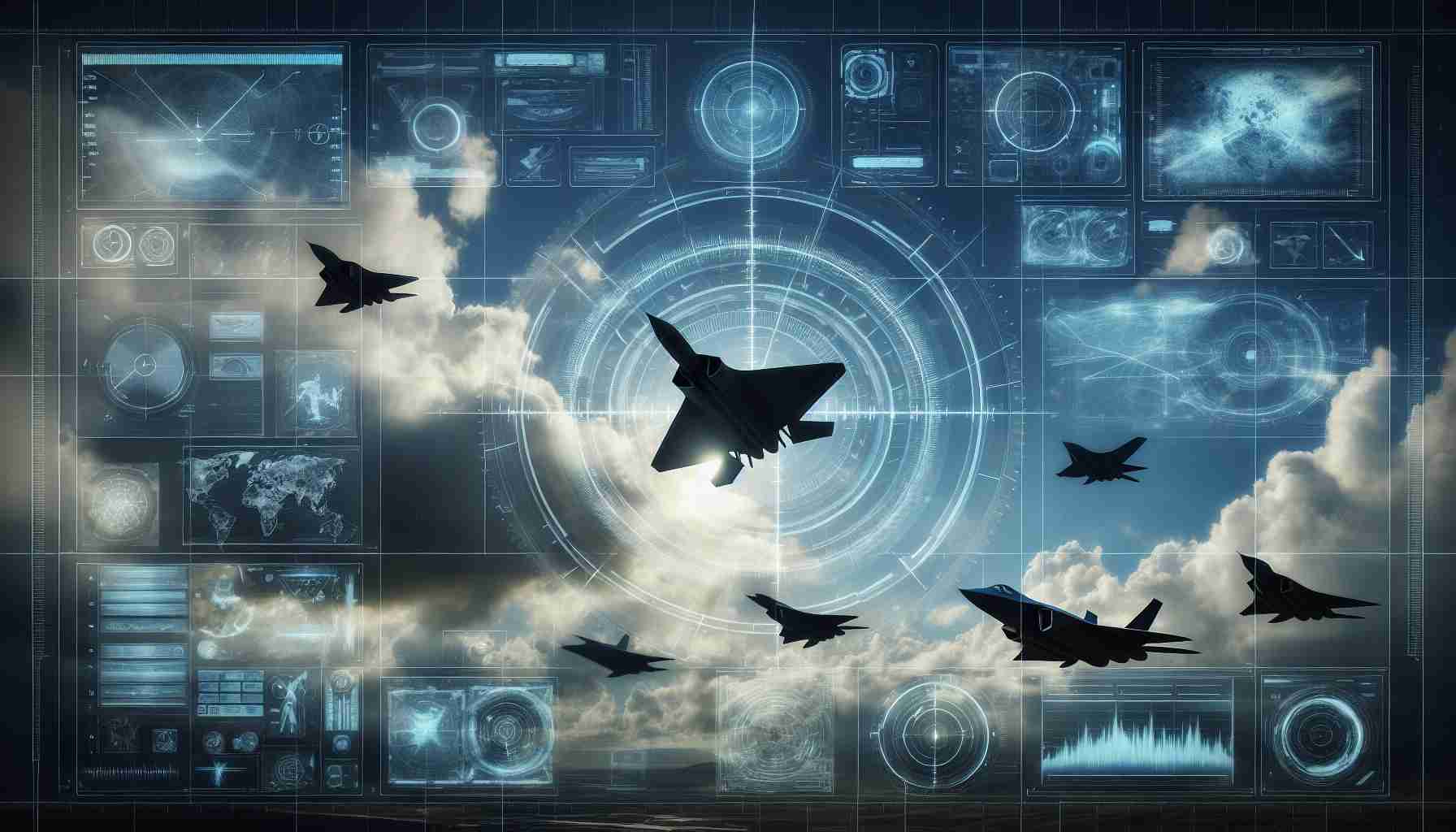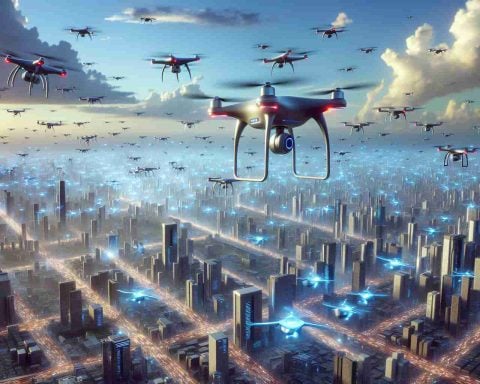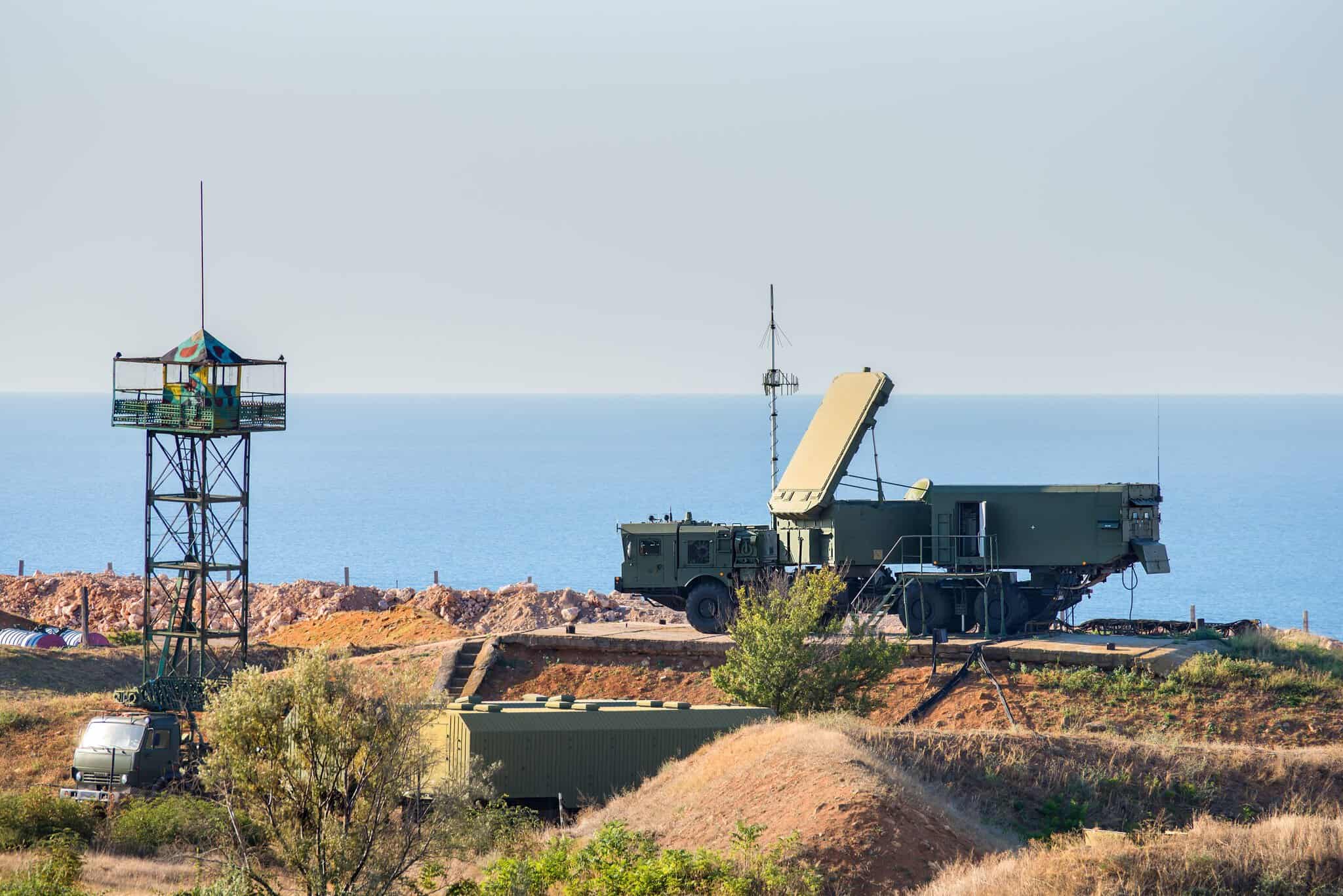China Advances in Detecting Stealth Aircraft
A recent study in China suggests advancements in detecting stealth fighters such as the F-22 and F-35. As tensions rise in the Taiwan Strait, researchers have simulated scenarios to test their defense capabilities against potential aerial threats.
Researchers at the National Defense University of the People’s Liberation Army and the State Key Laboratory of Intelligent Games in Beijing conducted this groundbreaking study. They utilized advanced computer modeling to simulate a U.S. Air Force attack on Shanghai originating from bases in Japan. Their findings demonstrate that ground-based radar systems in China can potentially identify these highly advanced stealth aircraft from distances up to 180 kilometers.
This technological breakthrough offers a significant advantage in defense strategy. With rapidly progressing radar capabilities, the ability to detect stealth fighters before they strike could alter military tactics. This development is regarded as crucial by the Chinese military, especially given the escalating tensions around Taiwan and the South China Sea.
As reported by the South China Morning Post, this advancement underscores a shift in the balance of power, challenging the previously unrivaled effectiveness of U.S. stealth technology. In an era where strategic dominance depends heavily on aerial superiority, these findings could influence future diplomatic and military engagements in the region.
Could China’s New Radar Breakthrough Redefine Aerial Defense?
Amid escalating global tensions, China’s newfound ability to detect stealth aircraft has both political and technological implications that could reshape the future landscape of aerial defense. While the original study from China highlighted enhanced radar capabilities against stealth aircraft like the F-22 and F-35, there are broader impacts on technological development and geopolitical strategies that merit a closer look.
The Silent Revolution in Radar Technology
Stealth technology has long been the crown jewel of modern military aviation, designed to evade radar detection and provide a tactical advantage. China’s radar breakthrough, reportedly detecting stealth fighters from as far as 180 kilometers, raises significant questions about the evolution of radar systems. By employing sophisticated computer modeling, Chinese researchers have made strides that could challenge the dominance of stealth technology.
Advantages and Disadvantages
The primary advantage of this advancement lies in the shift towards a more balanced power dynamic. Effective detection systems can reduce the strategic advantage of stealth aircraft, potentially deterring aggressive maneuvers. This may lead to a recalibration of military strategies by nations heavily reliant on stealth technology.
However, there are potential downsides to these advancements. Enhanced detection capabilities could escalate an arms race, prompting other nations to develop countermeasures or more advanced stealth technologies. There is also a risk of destabilizing existing geopolitical balances, particularly if this technology proliferates to nations with aggressive military postures.
Controversial Implications
The implications of this breakthrough extend beyond military applications and touch on international diplomacy. How might other nations respond to China’s radar capabilities? Might we see a resurgence in arms control dialogues, or will this technology ignite further tensions?
Questions to Consider
– Will this technological leap instigate a new wave of research into even more advanced stealth technology?
– How could commercial applications of this radar technology influence industries such as aviation or telecommunications?
– Could increased radar detection capabilities lead to more stringent regulations on the use of stealth technology in civilian industries?
Technological Ripple Effects
Beyond defense, advancements in radar technology could spill over into civilian applications. Enhanced precision and efficiency in radar systems might boost sectors like weather forecasting, aviation, and even autonomous vehicles, offering significant commercial and societal benefits.
Conclusion
While China’s radar advancements pose a challenge to current stealth technologies, they also usher in opportunities and uncertainties. As the world grapples with these implications, it is imperative to consider both the positive possibilities and the dangers of a rapidly evolving technological landscape.
For further insights into technological developments and their global impact, explore sources such as the BBC or CNN for authoritative news and analysis.
















